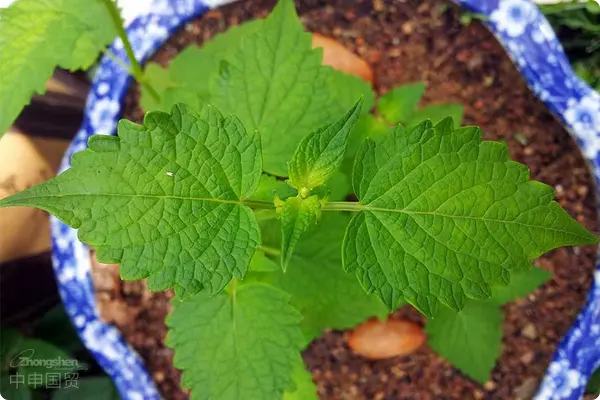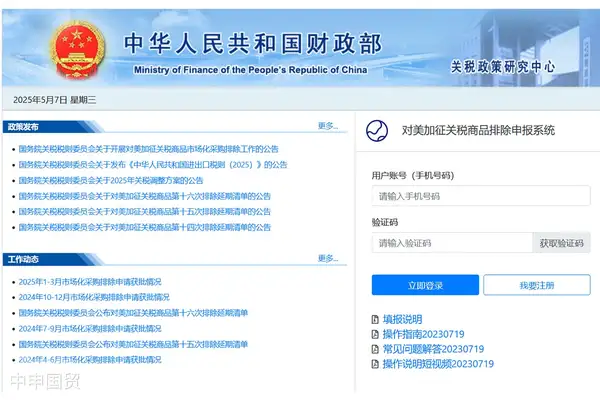- Shanghai Zhongshen International Trade Co., Ltd. - Two decades of trade agency expertise.
- Service Hotline: 139 1787 2118
Asforeign tradeAs a practitioner, you must be aware that complying with the regulations and standards of the target market is key to ensuring smooth business operations, especially when dealing with Japan, a major global importer of agricultural products, where the complex compliance requirements are of utmost importance. Today, we provide you with a compliance guide for plants entering Japan, helping you navigate the increasingly stringent regulations with ease and ensuring yourimport and exportbusiness proceeds without worries.

I. Phytosanitary Compliance Requirements
- List of Quarantine Pests
Japan has established a strict list of quarantine pests to prevent the threat of foreign pests to its agriculture. According to the Plant Protection Law of Japan, no quarantine pests are allowed to enter Japan. Additionally, Japan has established a list of prohibited plants, including fruits from areas affected by Mediterranean fruit flies, Oriental fruit flies, and specific plant products like apples and cherries from areas affected by codling moths. For certain high-risk plants, the exporting country must conduct monitoring during the cultivation period and note the results in the phytosanitary certificate. Only plants that have undergone effective treatment and are confirmed to be pest-free can enter Japan. For pests not yet listed, Japan determines whether quarantine measures are needed through risk analysis. - Phytosanitary Certificate Requirements
Imported plants must be accompanied by a phytosanitary certificate issued by the exporting countrys official authority and undergo import inspection by Japan. Starting from August 5, 2023, goods without the certificate will be destroyed. Therefore, ensuring complete documentation is a priority for every foreign trade practitioner. For more information, please visitJapan Import Conditions Database.
II. Food Safety Compliance Requirements
For edible plant products such as fresh vegetables and fruits, Japans Ministry of Health, Labour and Welfare has established strict pesticide residue limits to ensure food safety. Each pesticide residue requirement is based on a stringent positive list system. Exporting enterprises must ensure compliance with these standards during production, processing, and storage to avoid affecting post-entry sales.
III. Product Packaging and Labeling Requirements
- Packaging Material RequirementsThe packaging materials for imported plant products must comply with Japans relevant standards to ensure safety and environmental friendliness, avoiding materials that may contaminate the products.
- Labeling Content RequirementsThe packaging must clearly label important information such as the product name, origin, production date, and shelf life to ensure that consumers and regulatory authorities can easily access basic product information, enhancing transparency and trust in the market.
IV. Export Enterprise Qualification Requirements
- Enterprise RegistrationChinese exporting enterprises must register with their local customs, possess independent legal entity status, and obtain a food production license before applying for registration. This is the first step to ensure products meet international market requirements.
- Plantation Registration and Japanese Official RegistrationFor fresh plant products such as spinach and other vegetable crops, plantations must register with inspection and quarantine authorities, including providing soil and irrigation water test reports and establishing a sound quality management system. Certain plant products also require official registration in Japan. Exporting enterprises must follow Japans specific requirements for registration management to ensure their products meet import standards.
Summary
Through the detailed introduction above, we have gained an in-depth understanding of Japans phytosanitary, food safety, packaging and labeling, and enterprise qualification requirements for imported plants. From the list of quarantine pests to pesticide residues, packaging materials, and labeling content, and further to enterprise registration and official registration, every step requires careful attention and compliance from foreign trade practitioners. Only in this way can your plant products successfully pass Japans rigorous inspections and enter the market.
We hope this article provides you with a clear guide, enabling you to navigate Japans complex import compliance requirements with precision and ensure every shipment reaches its destination safely and smoothly. Wishing your business steady progress on the global stage!
Related Recommendations
? 2025. All Rights Reserved. Shanghai ICP No. 2023007705-2  PSB Record: Shanghai No.31011502009912
PSB Record: Shanghai No.31011502009912










